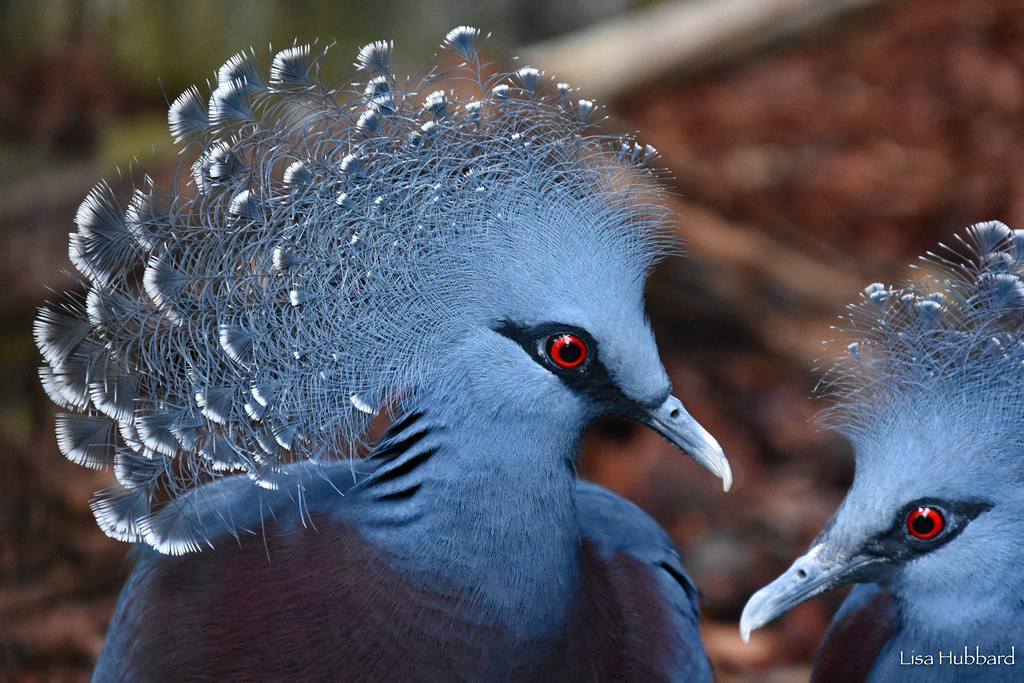Cincinnati Zoo Lion #BabyBump Rumors Are Flying
Scientific evidence supports visitor observations
CINCINNATI – The Cincinnati Zoo & Botanical Garden’s three-year-old lion, “Imani,” has been packing on the pounds recently, prompting #BabyBump speculation and rumors to spread among visitors and on social media. Even @CincyZooLion weighed in with a “Paws crossed” comment on this tweet:

Visitors and Zoo staff will only know if there has been a true pregnancy if and when Imani delivers her cub(s) sometime this November. Until then, the cat is not officially out of the bag!
Keepers are not planning a baby shower until they’re PAWSitive that Imani is pregnant. Wendy Rice, one of Imani’s keepers, explained that pseudopregnancy (or “false” pregnancy) can cause the female’s body to exhibit signs and symptoms of pregnancy even if she’s not actually pregnant. “For this reason, we are not saying Imani’s pregnant! Instead, we are saying Imani might be pregnant!” said Rice.
Isn’t there an easy pregnancy test for big cats? According to Bill Swanson, Director of Animal Research at theZoo’s Center for Conservation and Research of Endangered Wildlife (CREW), there are three methods for pregnancy diagnosis in wildlife species: ultrasonography, fecal progesterone analysis, and urine relaxin analysis. “An ultrasound is not an option for Imani, but elevated levels of progesterone in fecal samples and the presence of relaxin in urine provide presumptive evidence of pregnancy,” said Swanson.
Imani was born at the St. Louis Zoo on July 17, 2011, and came to the Cincinnati Zoo as the result of a breeding recommendation from the Association of Zoos & Aquariums (AZA) Species Survival Program (SSP). Imani was introduced to the Zoo’s male lion, four-year-old “John,” earlier this year and they have been excellent companions.
Average litter size is two-six cubs.
Lions are considered vulnerable by the International Union for Conservation of Nature as the result of climate change, hunting and habitat loss. Following a review of the best available scientific information, on October 27, 2014, the U.S. Fish and Wildlife Service proposed listing the African lion as threatened under the Endangered Species Act (ESA). The agency’s analysis found that lions are in danger of extinction in the foreseeable future.

